For soup kitchen regulars, homeless census is more than a head count
SUSSEX. ‘The way the economy has gone, we are just going up and up and up,’ kitchen manager says.
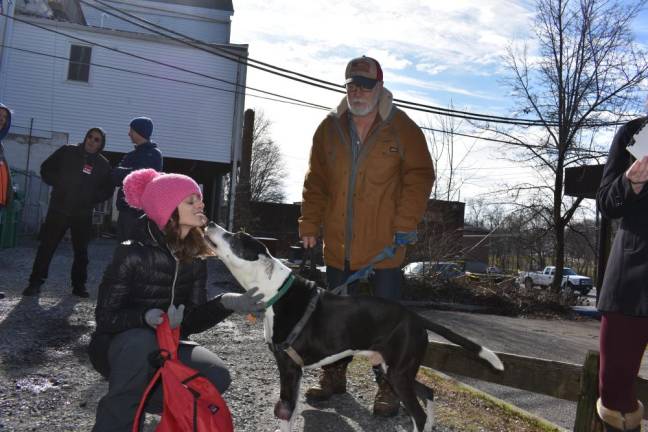
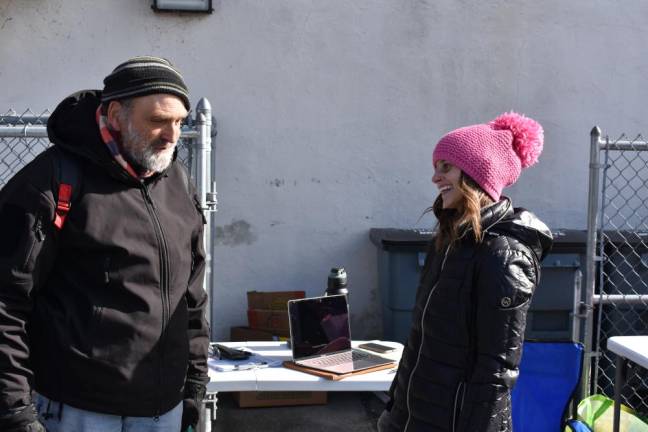
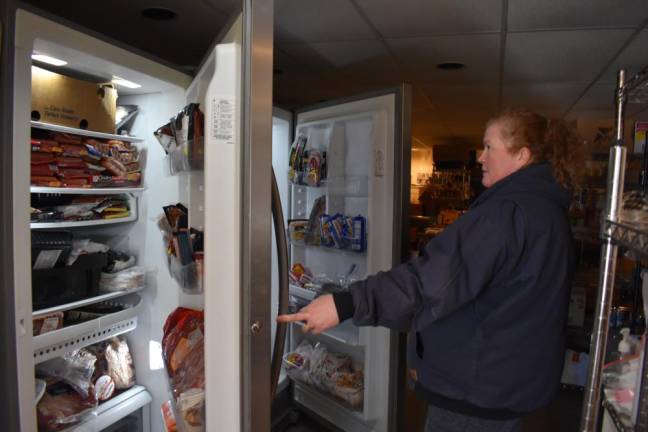
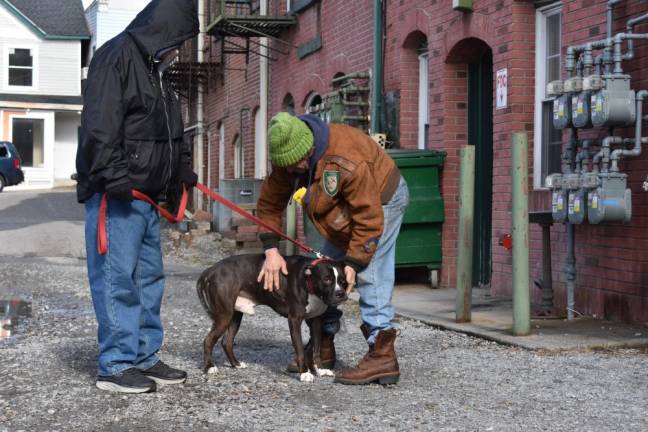
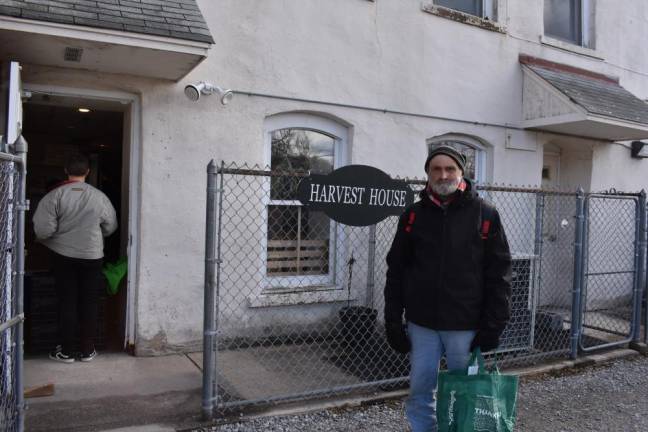
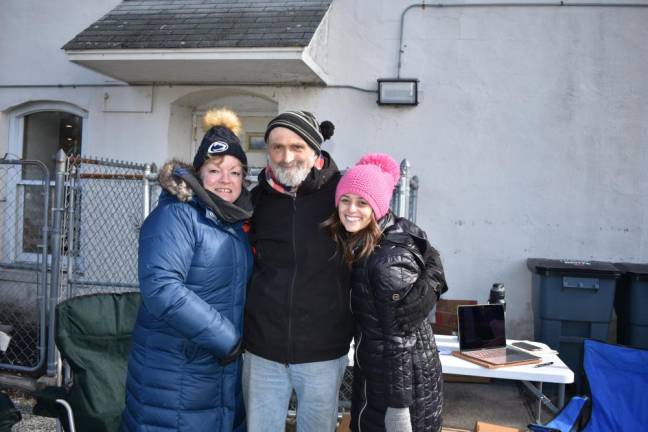
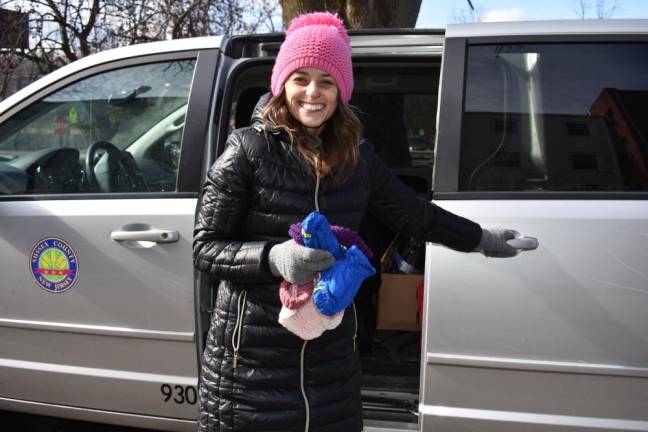
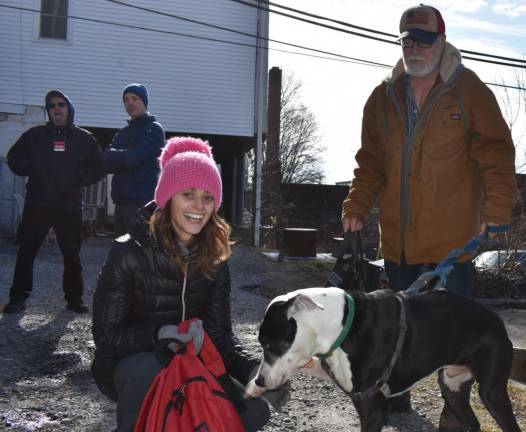
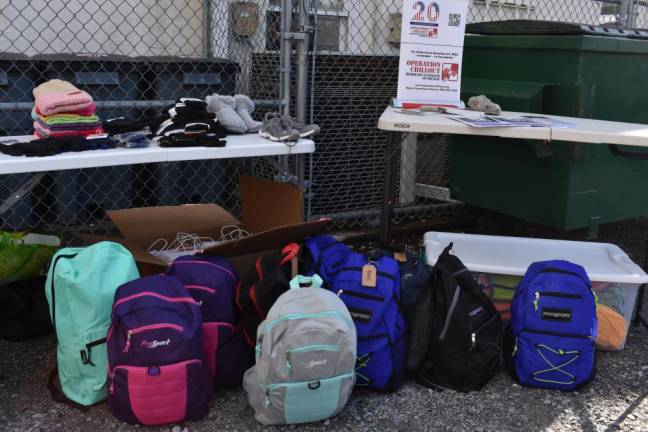

Shortly before noon Tuesday, Jan. 31, people began trickling in alone or in pairs to the parking lot of Harvest House, a community soup kitchen where hot lunch is served to-go Monday through Friday.
Despite near-freezing temperatures, it was sunny, and the arrivals seemed in no rush, chatting, petting each other’s dogs and checking out the donations - knitted hats, warm socks, backpacks - arrayed on a pair of folding tables.
Harvest House in Sussex was one among a constellation of canvassing sites nationwide, from shelters to vacant buildings to spots under bridges, where a sprawling network of workers and volunteers went out in late January to take an annual point-in-time census of homelessness required by the U.S. Department of Housing and Urban Development.
In New Jersey, there were about 30 Project Homeless Connect events during the last week of January, most of them on Jan. 25, said Raquel Kooper of Monarch Housing Associates, which organizes the statewide count.
The critical question on the brief survey - Where did you spend the night of Tuesday, Jan. 24? - helps determine federal funding and track changes over time.
Last year’s census counted 8,754 homeless people across New Jersey, a 3 percent increase from the previous year. Of the 67 homeless people counted in Sussex County in 2022, all but one were sleeping in emergency shelters or transitional housing. A third were younger than 18; a third were disabled; five were veterans; and nearly 40 percent were victims of domestic violence.
Before joining the lunch line Jan. 31, Ed Gould Sr., 63, took a seat in a folding camp chair offered by Marissa DeOliveira, a program development specialist with Sussex County, who spearheaded the county’s count.
DeOliveira was in constant motion, laughing at Gould’s colorful stories from his time working at a slaughterhouse (“Oh God, Ed, oh God, that’s why I don’t eat meat!”); admonishing him for ignoring his doctor’s orders (“Never do!” he announced); trying to persuade him to let her help him sign up for the waiting list for Section 8 housing on her laptop.
Spotting a woman walking up, DeOliveira hopped a barrier to where her gray county-issued minivan was parked, then returned with a handful of infant-sized winter gear - mittens and a couple of tiny hand-knitted hats - for the new mom of a 4-month-old girl.
Gould comes here once in a while, he said with a shrug. “Sometimes I even help. I get lunch and that’s about it, get back home and relax.”
As for his living situation, “I’m staying with a friend right now,” he said. “They took me in. We knew each other when we were young.”
Affordable-housing crisis
The results of this year’s census will come out in the spring, but front-line workers already have a sense of what it will find: the number of people in crisis is on the rise.
“With pandemic resources running out and the eviction moratorium ending, we expect to see an uptick in numbers,” said Kooper of Monarch House. After spiking 9 percent at the onset of the pandemic, the number of homeless people counted in New Jersey plummeted 16 percent in 2021, then began climbing back. “We anticipate numbers to be relatively similar to pre-pandemic numbers,” she said.
“It definitely got worse,” said Cindy Mendoza, a volunteer with a big laugh who was helping with the census at the Harvest House.
First came the pandemic-fueled jump in homelessness, when relief funding payouts often “came after the fact,” arriving too late for people who had lost their housing, she said.
Now, the affordable-housing crisis is pricing people out of their neighborhoods.
“People came from New York City, bought up a lot of rural, suburban housing, renovated it and then raised the rent,” she said.
Mendoza has worked for 15 years as a case manager at Bridgeway, a mental-health agency in Newton. “A majority are chronically homeless,” she said of the community here. “It’s way up.”
Family Promise of Sussex County, which works to eradicate homelessness, saw 22 percent more households reach out for help in 2022 than the previous year and 16 percent more fleeing domestic violence, said executive director Chris Butto.
Though literal homelessness held steady, the number of families in crisis has ballooned.
“We knew this was going to happen when the eviction moratorium ended,” she said.
People on a fixed income, such as the elderly or disabled, are especially at risk as the cost of living keeps rising but their monthly allowance does not, she said.
Harvest House, too, has seen its numbers climb steadily after falling during the pandemic, said Kelly Immesberger, the kitchen manager.
She’d fed 56 people the previous day, she said with a glance at her clipboard, an increase of about 40 percent since the pandemic lows.
“The way the economy has gone, we are just going up and up and up,” she said.
‘Best meal they get’
Immesberger already had cooked the day’s meal by the time patrons began showing up at 11:45 a.m.
“My volunteers say to me, I play ‘Chopped’ every day because I don’t know what I’m going to get (and) have to make it into a meal,” she said, referring to a show on the Food Network.
As patrons step up one at a time, she marks each name on her clipboard, then loads a reusable shopping bag with a container of the homemade hot meal - today it’s white Tuscan bean soup - plus a bottle of water and whatever they’d like from a selection of shelf-stable goods donated by grocery stores: bread, donuts, danishes, even football-themed cakes.
“Occasionally, we do give out a blizzard bag if we know bad weather’s coming, so they get a box of mac and cheese, some tuna, you know, something to keep them sustained through a cold winter day,” she said.
On Saturdays, when Harvest House is closed, nearby Sussex United Methodist Church has taken up the slack.
“We started doing Sandwich Saturdays in September of 2021,” said Libby Cooke, the church secretary, who came by Harvest House to grab a bagged lunch for a disabled patron.
“The new pastor saw the need, started that ministry. First, it was a handful,” she said of the number of sandwiches. “Now it’s up to about 40.”
Though there are some extra volunteers and a reporter today, most of the faces at Harvest House are familiar. That includes DeOliveira; when she’s not there during the lunch hour, the patrons sometimes call her to shoot the breeze, passing the phone around while they wait in line.
“We have all of our regulars who have been coming for years and we have for sure new people, trying to make ends meet,” said Immesberger.
Some are homeless “though I don’t know whether fully exposed, living on the street, or just in very low-income, poor conditions,” she said. Others are simply food-insecure.
“We have a few families with kids. We have a community of people that kind of take care of each other. Hey, you need something to eat, you need this, you need that? And they kind of pass the word along to come, and, you know, get whatever they need,” she said.
Some Harvest House patrons are living long-term at the Sussex Inn, said Bill Epperly, a regular and erstwhile volunteer who is legally blind. The hotel advertises rooms starting at $150 a week.
“That’s an affordable place, but they don’t have any services,” he said. “They only have microwaves, no refrigerator. So they don’t eat as well as they should. This is the best meal they get.”
‘Many many more’
Even under normal circumstances, there is no way to do a precise count of a population that tends to be transient. Recently, it’s gotten even trickier.
“I think since Covid, it’s been harder to count,” said Kooper of Monarch Housing.
“You know, I think there’s a lot of people with different living situations and circumstances - like in their cars or whatnot. So there is a different approach at outreach that has to be taken, for sure.”
Her colleague was just beginning to pull the surveys from this year’s count, Kooper said Feb. 2, and they didn’t yet know what they would find.
“This is not a real body count,” said Ray Chimileski, executive director of Operation Chillout, an all-volunteer homeless veterans outreach program, who was helping at Harvest House.
“It’s a mathematical algorithm, so they extrapolate from the numbers seen to the real numbers. We know there are more people than we’re going to see here today. We’ll only see a handful. But there are many, many more who are not able to get here or won’t get here or won’t participate,” he said.
Homeless people who live in rural areas might prefer to keep out of sight.
“When this soup kitchen used to be at the church, there were at least six veterans that we’d see all the time,” said Chimelski. “They would help us distribute the backpacks. They knew guys that were still living in the tent cities up in the woods.
“We haven’t seen that action in a few years. I think all of those men were able to finally get temporary or permanent housing. But they’re here, we know they’re here. They’re everywhere, so why wouldn’t they be here?”
Last year’s point-in-time count showed an 11 percent drop in homeless veterans, the largest decline in five years and a rare bright spot in the data.
Homelessness often takes the form of couch-surfing or two families doubling up, said Linda Moran, another volunteer helping at Harvest House. She works at the Center for Prevention and Recovery in Newton.
That might mean staying with people who are in Section 8 housing who are not supposed to be hosting, thereby jeopardizing their housing.
A hiker, Moran recently followed some subtle trails through the woods in Memory Park in Newton to find a man and woman occupying two tents there, taking care of each other.
“And there are some people that it’s sort of, kind of by choice,” she said. “I do have somebody, he builds like a lean-to - he’s a craftsman. He has a heat source in there, collects wood.
“He’s living in Wantage on somebody’s property, they’re allowing him to stay there. But you know, he’s not sheltered,” she said.
“People are living in their cars. Maybe showering with a family member during the day, just being resourceful - all the while working on a plan. Just trying to put the pieces together. Trying to maintain a job.”
Not just humans
This crowd is heavy on dog-owners, so DeOliveira pops back to the van for dog food, which she has divvied up into Ziploc bags.
“A lot of the people here have dogs, and so I usually will bring dog food for them,” she said. “The first time I was here there were, like, a million dogs.”
There’s Duke, the 10-year-old pit bull that belongs to Larry McNabb, a retired Sussex County native.
McNabb has been coming here for slightly more than a year. “Everybody’s nice, I got no problems with nobody here,” he said. “They do serve some decent food.”
He has vague plans to take Duke back to New Mexico, where they have spent time.
“I call it going on tour,” he said. “I moved out a few times but this is a place that draws you back. All my friends are here. I’ve known people here for over 30 years.
“But I’m only here temporary, I’m not here forever.”
Epperly, with his service dog, Panda, is eligible for SNAP, what used to be called food stamps, but he hasn’t signed up “because I don’t need it,” he said. “It doesn’t cover dog food or paper towels and I don’t have a kid.”
Dog food made by Science Diet has gone up from $53 for a 30-pound bag before the pandemic to $72 a bag. “Pet food for someone on a fixed income ... ,” he trailed off, adding, “He eats better than I do.” Panda’s top-of-the-line food now costs his owner about $100 a month.
“I’ve got no right to bitch and I’m not bitching,” said Epperly. “Thank God, the food is so balanced that I don’t make the vet visits.”
They did go to the vet once recently to check out a cyst on Panda’s leg; it turned out to be benign.
“I can get you bags of dog food,” said DeOliveira. Then, seeing his look, “No, I wouldn’t be paying for it.”
The Guinness Dunn Foundation, whose mission is to keep pets with their owners during tough times, “always said they are willing to donate to me,” she said. “And they usually come to the Sparta food pantry with a whole van full of food for cats and dogs.”
Brushing off her concern, Epperly inquired, solicitously, after DeOliveira’s health.
As it turned out, her badgering Gould for ignoring his doctor’s advice was a bit of the pot calling the kettle.
She is not supposed to be lifting more than 10 pounds or bending over after her back surgery eight weeks earlier, she confessed.
“I know,” she said with her wide grin, “but I’m like, I got things to do!”